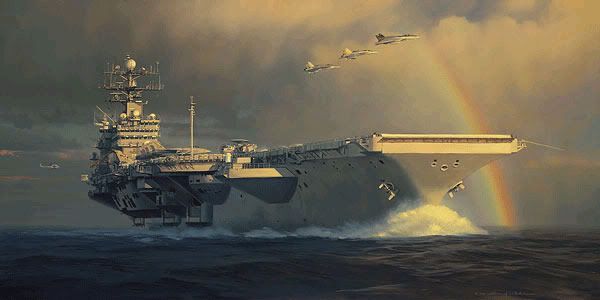
Synopsis: I have noticed a shocking deterioration in the quality of naval battles here on NS. I feel, since nobody else will do it, and I believe my name carries some authority or weight, it's my responsibility to at least attempt to address these problems. What this primer won't do is turn you into a super naval RPer. It won't make you win your battles. What it will do is teach you how naval warfare should properly be conducted, and as something you can link new players/people who think you're godmodding. Any questions or disagreements with this should be voiced here, openly, and not in telegram. I don't take well to people who do not like to voice opposition in public. This primer will teach you how a naval battle unfolds, key do's and dont's, and I suppose, some elementary tactics and facts. This guide is strictly MT.
Present Issues: There are some key present issues I see being presented on NS. I will list them here:
1. No understanding of the importance or even existence of range and range restrictions.
2. No understanding of proper reconaissance or sensors.
3. No understanding of how naval defences work.
These are what I intend to address here. I will also add some elementary tactics at the end and some good links.
1. Range: It is so, so common to see people move up aircraft to attack, fire missiles, and then strafe the enemy ships or attack them with bombs or torpedoes in the same post. This is totally unrealistic; they would be swatted out of the sky. A modern AEGIS system is capable of detecting normal-sized fighter planes at up to 300 or 400 kilometres if they are in the radar horizon. It is capable of firing so many missiles so quickly at these targets, and also at targets that it can't see but are being shown to it by look-down AWACs craft, that to charge aircraft in at the range required to strafe or launch torpedoes -- we're talking between 20 and 2 kilometres here -- is absolute suicide. It is also a godmod because realistically speaking they would not get within that range.
So let's look at this diagram I've created for this purpose.
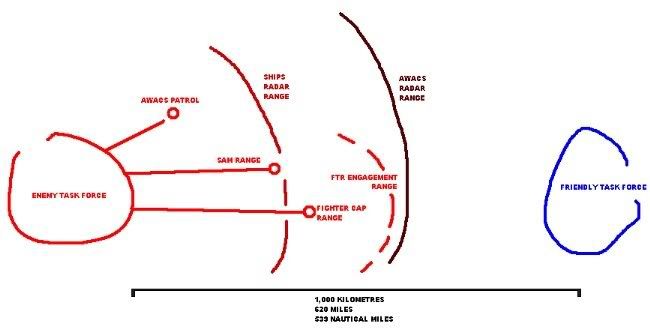
Note that to bring an aircraft within 2-20 kilometres of the enemy task fleet would require you to remove the following: Enemy AWACs for detection, enemy fighters for patrol, and then to fly below radar horizon so you can come in at say, 30 or 40 kilometres (the rough radar horizon for a ship trying to detect an aircraft flying at say, 100 or 50 metres or lower). This can not be done in one post. You can not skip 500 kilometres worth of layered defences in one post, because that is a godmod -- it's like saying you drive your tanks through the enemy lines straight to their capital, ignoring anything inbetween.
Another thing about range: you should check the combat radius of your aircraft and the range of the missiles they're using. If the enemy is 3,000 kilometres away, you cannot fire a Harpoon missile from an F-18; it would plunge harmlessly into the water. So you should know the ranges of your equipment. That is the single most important thing to know and use to your advantage in naval warfare, because unlike aerial and ground warfare, you cannot close the distance quickly. To cross 1,000 kilometres at 30 knots, takes 17 hours.
And, I'm sorry, but you will almost never get within strafing or torpedo range. Past defences such as long-range missiles, you also have to deal with short range missiles, fighters, guns, CIWS, so on and so forth. You cannot go in and come out; you might be able to attack, but there would certainly be no escape for your force. That's why proper naval combat is conducted with long range missiles, so your delivery strike elements like planes or ships ahead of the main force are not at threat. But that leads us on to our second point.
2. Reconaissance: To be able to attack an enemy you must first know where they are. Simple, huh? No. Not according to most NSers. What I commonly see is an assumption that they know where the enemy is. "The fighters set off to attack the Questarian fleet." Well, sorry, but unless you RP it, there's no way you'd know where my fleet is. You have to look for it. What can you use as reconnaissance to look for an enemy task force? I am going to list them in order of what I view as their effectiveness. You should use them all in conjunction with one another though.
1. AWACs
2. Any other aircraft
3. Radar satellites
4. Submarines
5. Any other satellites
I will explain them briefly.
1.AWACS: AWACS can fly out to long distances and their radars have long range. I have seen a description of an E-2C Hawkeye radar listed as 600km operable range. For targets which are stealth/low RCS, it is certainly lower, but as you can see, it's still a long distance. Now I will detail the two types of radar usage that an AWACS can use to detect things;
(a) Area Search (Active Radar) On an active radar, an AWACS is actively looking for targets with its radar. On the other hand, it is broadcasting, which will light it up on a radar sensor suite to be easily seen.
(b) Listening (Passive Radar) On a passive radar, an AWACS is not using its radar. It is simply listening for other radar sounds; i.e. things using their passive radar.
If you took two AWACS, broadly speaking, one on passive and one on active, the active one would pick up the passive one because it is looking for it, and the passive one would pick up the active one because it is broadcasting its radar. So you need a balance. Plus AWACS can turn their radars on and off very quickly, which will give them a bit of both aspects.
2. Any other aircraft: Other aircraft have RADARs too. A modern fighter with an AESA RADAR can perform the function of an AWACS, just less well. The advantage of this is that it can work in an "armed reconaissance role;" give it a lot of drop-tanks and some missiles and it can defend itself or an AWACS, whereas a lone AWACS has no way of defending itself.
3. Radar satellites: Commonly known as RORSATs; Radar Ocean Reconaissance Satellite, these are satellites in low earth orbit that use a radar to scan the ocean from space. Unfortunately, their resolution is very low, to the point where, like OTH radars, they may not be able to distinguish a cruiser from a tanker. Radar satellite technology is improving, but I don't rate its resolution or its reliability. It is certainly not what most RPers use it as, i.e. "Oh I found you with my satellites." Radar sats are definetly better than optical sats for doing this, but they're still not perfect, because there's no real way to distinguish what it is that you're looking at (contacts come up as pixels on a radar screen; on a high-resolution radar, an aircraft carrier could be 1000 pixels and a destroyer 100, but on a low-resolution radar, they both might be even 1 pixel) or even what nation's flag its flying under. They're also pretty much defenceless and can be shot down with ASATs within the opening days of a war.
4. Submarines: Submarines can stay underwater undetected and follow an enemy task group by the sound of their propellers, breaking off occasionally to send encoded message as to the makeup and whereabouts of who they're tailing. However, actually finding a task group is difficult in a large body of ocean, but relatively easy in a small one. It makes sense that the larger the body of water you're fighting in (i.e. the Atlantic vs the North Sea), the more difficult it is to find enemy ships; needles in haystacks, so to speak.
5. Other satellites: Almost entirely useless. No way to determine what nationality a ship is (suppose a situation where two nations use the same military equipment; how do you tell if its from Navalprimeristan or Warfareguideland?) Not to mention that scanning the Earth's water surfaces for ships on a satellite that is in orbit, i.e. that makes overpasses, is not reliable at all. You may take a picture of a fleet that you think is an enemy fleet. Well, it could be a friendly or neutral fleet and it could be 100 or 500 kilometres away by the time you act on it. So it's not reliable.
3. No understanding of how naval defences work: Ships are defended by layers of defences, if we don't include other things that cover them like other ships or fighters, then this is a rudimentary list of the defences enjoyed by one ship, largely in order of their usefuless in defending themselves.
(a) Long-range SAMs: Normally launched from VLS. Surface to air missiles with ranges between 200 and 500km. Normally have an active-radar seeker head and are reliably accurate.
(b) Short-range SAMs: Normally launched from either VLS or box launchers. Surface to air missiles with ranges between 5 and 50km. Very small so can be compactly fitted.
(c) CIWS: 20 or 30mm chainguns guided by radar. Can take down single missiles or even two missiles but could easily be overwhelmed. Smaller calibre CIWS like 20mm have doubtful value against very large missiles (6,000kg+)
(d) Guns: 76mm+ guns. Sometimes have a rapid rate of fire and are radar guided, but not fast enough to be reliably useful. Might down a missile or two. Fields of flak are not particularly useful because the amount of guns required to generate them would be better spent on more accurate missiles.
(e) Radar Jamming: Using EW equipment to scramble the lock of a missile. An anti-ship missile with an active radar that has a lock on your ship can be scrambled and so is likely to miss. Largely useless against missiles with inertial or IR terminal guidance.
(f) Chaff: Chaff. Designed to spoof radars into believing there are hundreds of targets in the air so it locks on to one of them instead of the ship. Largely useless against missiles with inertial or IR terminal guidance.
Most people bypass the first and second stages and go for the second. Anything past short-range SAMs is a last resort weapon, it should not be the first thing that comes up in your RPs. Long-range SAMS are long range for a reason, that is because they can shoot down or deter targets from entering the sort of range required to use last-resort weapons.
4. What about Battleships? Battleships with big main guns and thick armour are popular on NS. I should know; I export one, and she sells valiantly. (See what I did there?) But they are of no real concern to a serious opposition. Let's examine the difference between the battleship and the carrier, the two prime opponents:
1. Reconaissance capacity; the carrier has independent and organic reconaissance, in the form of AWACS. The battleship does not. UAVs do not have the range or radar capacity of an AWACS, and in any event, are not MT. There is no UAV with a range or a sensor suite to match an AWACS that is presently launchable from a carrier deck. The reason is that they are much more susceptible to crash-landings, they are much more likely to happen because our technology has not yet evolved to the level of making an "artificial pilot." One crash on a carrier deck can be fatal; it can put the carrier out of operation for days. The battleship can not find the carrier. The carrier can easily find the battleship, and because the battleship can't launch fighters, can monitor it with impunity.
2. Protection; The battleship is well protected with a lot of armour. It takes a large and powerful missile to penetrate the belt or deck armour of a well defended battleship. Carriers on the other hand, are usually unarmoured, and for good reasons (it detracts too much from hangar space, and damage takes much longer to repair). A hit with a missile might just bounce off a battleship but might severely damage a carriers deck. While this seems crucial, its meaningless. The carriers deck is vulnerable. The battleship's sensor suites, its radar and targeting systems, are also vulnerable. They cannot be protected because you can't shield radar behind inches of steel. One missile hit to the superstructure might knock out the radar permanently and force the ship to withdraw or else go blind. So all that armour is absolutely wasted.
3. Weaponry; Big guns versus planes. Yamato's 18.1in guns had a range of 42km~. An F-18 has a combat radius of 800 kilometres and can launch anti shipping missiles with a range of 300km. That's a real big difference right there. And a gigantic shell is not really as powerful as people suggest. It does weigh a lot; 1,200kg for Yamato's 18.1in guns, but supersonic missiles go much faster and can weigh much more. But guns have stupidly short range compared to aircraft.
Summary; Battleships have no organic reconnaissance, have very short ranged weapons, and are equally as vulnerable despite their thousands of tons of steel. Don't use them: it's a waste of money. And yes, that applies to the battleship that I export (If anybody wants to retcon their purchase of the Valiant class after reading this, that is acceptable. It's only fair.) The first thing that was destroyed on the Bismarck in the last battle with HMS Rodney and King George V were her fire directors. That's why she gave such a pathetic show against those two British battleships (as well as the destroyed rudder.) All the belt armour in the world didn't help her there; she was torn to shreds by accurate 16in fire from Rodney. One of my favourite quotes of the war, actually, comes from Rodney's CO. After delivering a volley of 16in fire and watching sailors jump overseas from the burning Bismarck, he ordered; "Cease fire! This is a holocaust!"
If only he knew, huh?
5. Conclusion: If you read this or use it as a reference your RP will be more realistic. That doesn't mean that you will have a funner RP experience. But in my view, I try to play as realistically as I can. I don't accept people charging planes at me and strafing my ships with 20mm cannons. If you don't want to play modern naval warfare like it's the 1940s then you shouldn't either. I plan to expand this in the coming weeks, so keep tuned. If you want a subscription, i.e. me TGing you when I've made significant edits, just post so.
Questions and Answers Section
So yes, it is possible to make torpedoes with a longer range than what I've specified; but the point stands, as a weapon they are too short ranged for most engagements, and certainly not ones where you can afford to fly aircraft off a carrier deck. Helicopters dropping light torps against small boats like corvettes, maybe.[/spoiler]
This sounds like techwank, which is boring! Just because I have given advice on types of aircraft, weaponry, ranges given in figures and numbers, doesn't mean you have to make your RPs as such.
Endorsements:
Allanea
Libertarian Governance
Lamoni
Lyras
Amastol
North Point



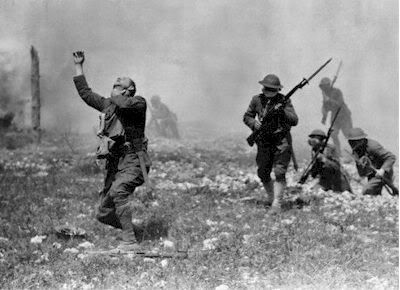

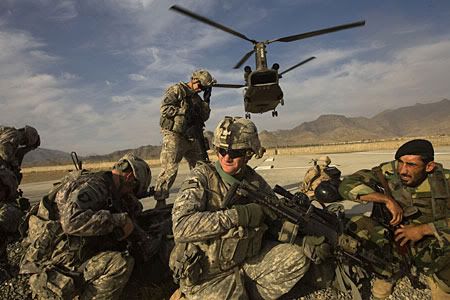
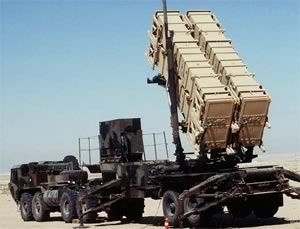
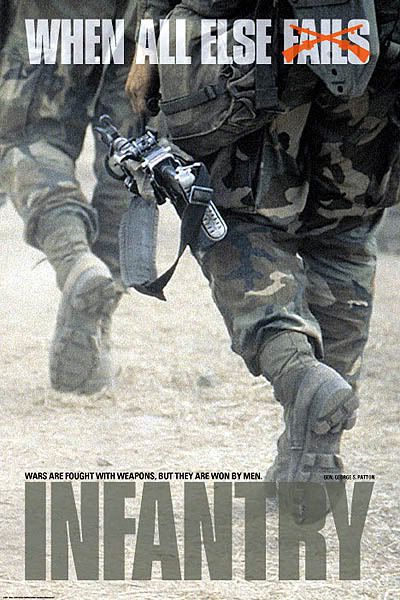




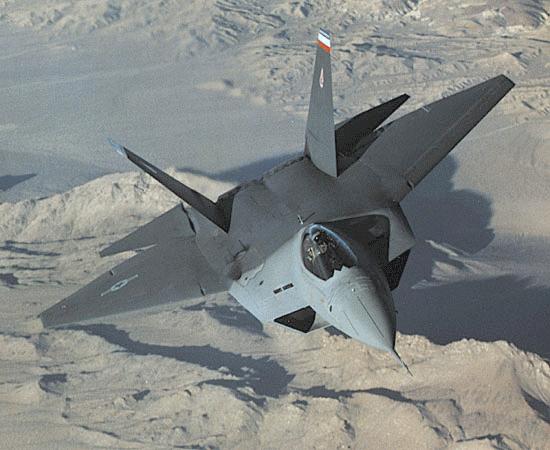






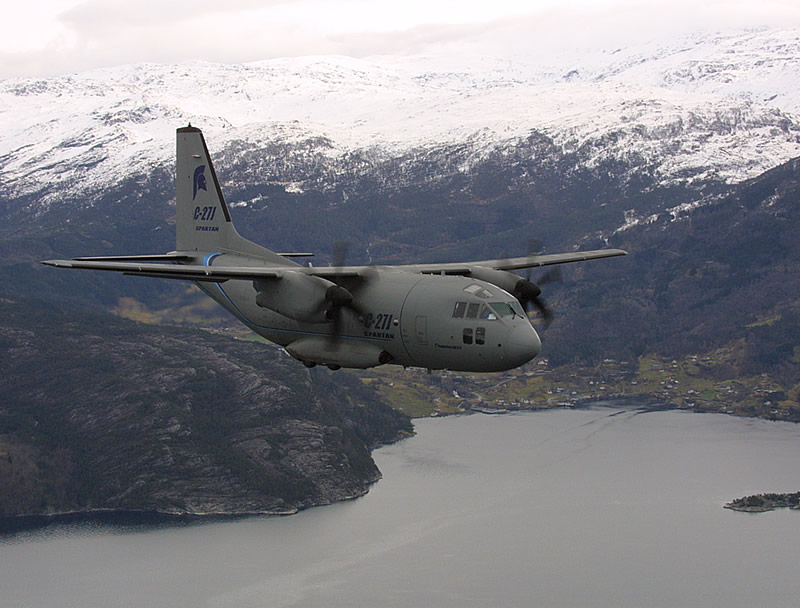
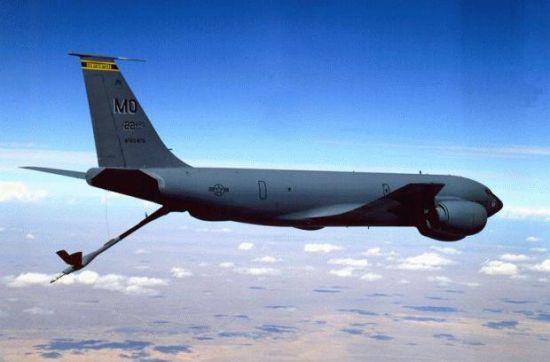

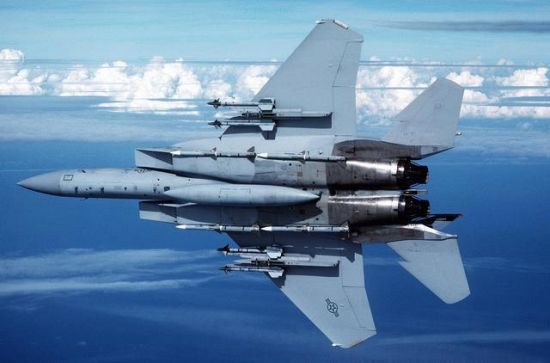

 ), so later on after the fact we hammered out an epilogue in TG's.
), so later on after the fact we hammered out an epilogue in TG's. 


